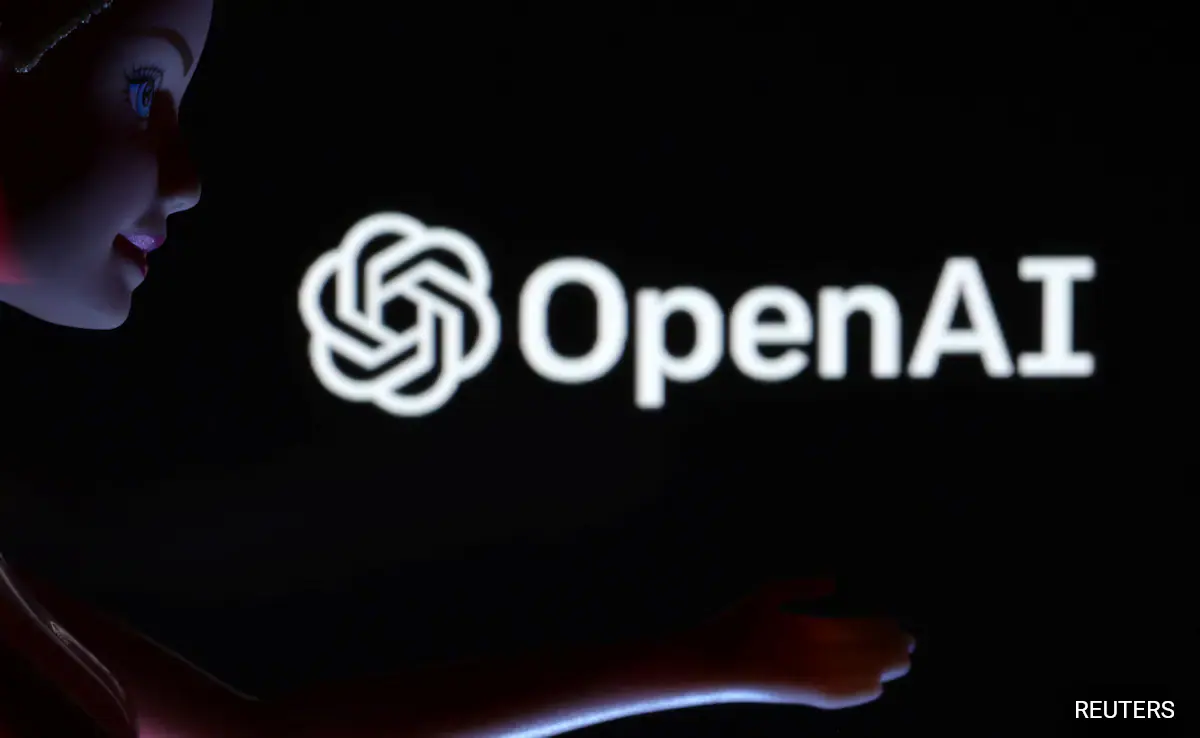OpenAI, the renowned AI research organization backed by Microsoft, announced on Monday the launch of its latest artificial intelligence model, GPT-4o.
OpenAI, the renowned AI research organization backed by Microsoft, announced on Monday the launch of its latest artificial intelligence model, GPT-4o. This groundbreaking model introduces realistic voice conversation capabilities, allowing users to interact seamlessly through both text and image. The announcement marks OpenAI’s strategic move to stay at the forefront of the competitive AI technology landscape.
The new audio capabilities of GPT-4o enable users to engage in real-time voice conversations with ChatGPT, with instantaneous responses and the ability to interrupt the AI while it is speaking. These features are significant advancements over existing AI voice assistants, which have historically struggled to mimic natural human conversations. OpenAI demonstrated these capabilities during a livestream event, showcasing the model’s impressive performance.
“It feels like AI from the movies… Talking to a computer has never felt really natural for me; now it does,” wrote OpenAI CEO Sam Altman in a blog post, highlighting the transformative nature of the new model.
During the event, OpenAI researchers provided several live demonstrations of GPT-4o. In one scenario, ChatGPT used its vision and voice capabilities to guide a researcher through solving a math problem on paper. In another, the AI model demonstrated real-time language translation, emphasizing its versatility and practicality.
The demonstrations also included lighter moments, such as a playful exchange where the researcher complimented ChatGPT, resulting in a coquettish response from the AI: “Oh stop it! You’re making me blush!” These interactions showcased the model’s ability to engage in human-like banter, pushing the boundaries of AI’s conversational realism.
OpenAI’s chief technology officer, Mira Murati, announced that the new model would be offered for free due to its cost-effectiveness compared to previous versions. Paid users, however, will benefit from higher capacity limits. The GPT-4o model will be integrated into ChatGPT and made available to users over the coming weeks.
Additionally, OpenAI has introduced a “browse” feature for free ChatGPT users, enabling the AI to access and display up-to-date information from the web. Murati emphasized that the company does not plan to monetize free users through advertisements.
ChatGPT, launched in late 2022, quickly became the fastest application to reach 100 million monthly active users. Despite fluctuations in website traffic over the past year, recent analytics from Similarweb indicate a resurgence, approaching its peak usage levels from May 2023.
OpenAI’s announcements come just ahead of Alphabet’s annual Google developers’ conference, where Google is expected to reveal its own new AI features. This timing underscores the competitive pressure in the AI industry, as companies strive to innovate and expand their user bases.
Despite the hype surrounding OpenAI’s latest developments, Alphabet’s shares fell 0.4% on Monday afternoon, after an earlier decline of nearly 3%. Microsoft’s shares also saw a slight dip of 0.2%. These market movements reflect investor reactions as the tech giants continue to vie for dominance in the rapidly evolving AI sector.
In a nod to popular culture, Altman posted “her” on X (formerly Twitter) after the demo, referencing the 2013 film by Spike Jonze about a man who falls in love with his AI assistant, voiced by Scarlett Johansson. This playful comment underscores the increasing resemblance of AI to the intuitive and emotionally engaging assistants depicted in science fiction.
With GPT-4o, OpenAI is not just advancing AI technology but also setting new standards for human-computer interaction, bringing us closer to a future where talking to machines feels as natural as conversing with a friend.
